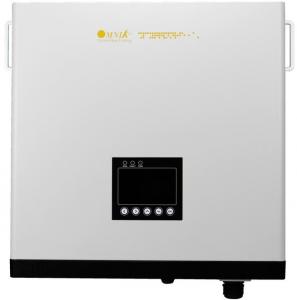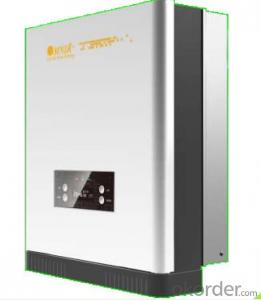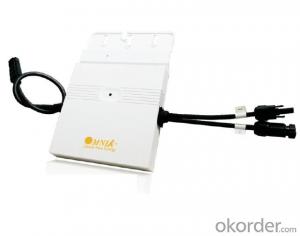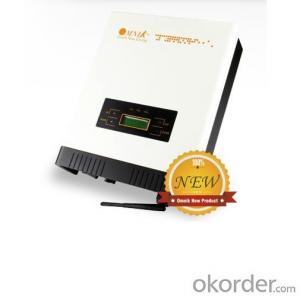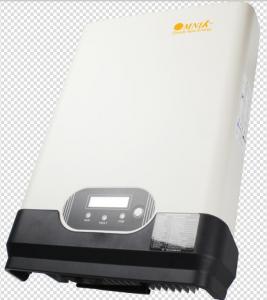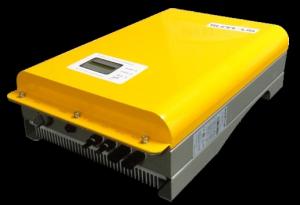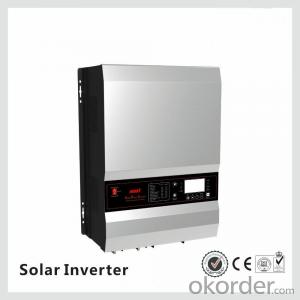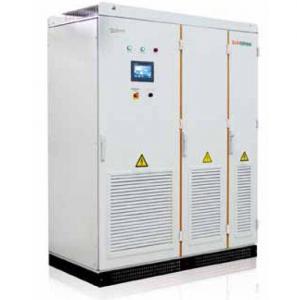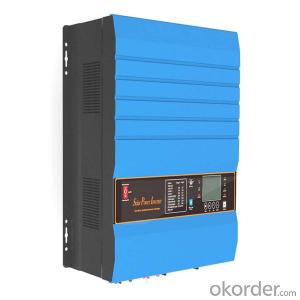omniksol m248
omniksol m248 Related Searches
Fault Light On Solar Inverter Best On Grid Solar Inverter Best Solar On Grid Inverter On Grid Solar System Inverter Best Grid Tie Solar Inverter Best Off-Grid Solar Inverter On Grid Solar Power Inverter Grid Tie Inverter Solar Panel Used Solar Inverter Solar Inverter CoverHot Searches
Solar Inverter On Grid Price Grid Tie Solar Inverter Price Solar Grid Tie Inverter Price Solar Grid Inverter Price Inverter Price Solar Solar Inverter Sale Lahore Solar Inverter Best Company Solar Inverter Best Brands Solar Inverter Cover Stratco Solar Inverter On/Off Grid Solar Inverter Research Paper Solar Inverter Manufacturer Solar Inverter Set Solar Inverter Fire Risk Top Solar Inverter Companies Solar Inverter Supplier Solar Edge Inverter Sizes Growatt Solar Inverter Prices Solar Inverter On Grid Price Grid Tie Solar Inverter Priceomniksol m248 Supplier & Manufacturer from China
Okorder.com is a professional omniksol m248 supplier & manufacturer, offers integrated one-stop services including real-time quoting and online cargo tracking. We are funded by CNBM Group, a Fortune 500 enterprise and the largest omniksol m248 firm in China.Hot Products
FAQ
- Yes, solar inverters can be used in regions with high humidity or moisture levels. However, it is important to ensure that the inverter is designed and rated for such conditions. The inverter should have adequate protection against moisture, such as being IP65 rated or higher, to prevent any damage or malfunctions due to humidity or moisture.
- No, a solar inverter cannot work during a power outage unless it is specifically designed with a battery backup system.
- When choosing the right output voltage for a solar inverter, several factors should be considered. Firstly, it is essential to match the inverter's output voltage with the electrical system or grid requirements of your location. This typically involves understanding the voltage and frequency standards set by the utility company or relevant regulatory body. Additionally, the output voltage should align with the capacity and specifications of the solar panels or array being used. The inverter must be able to handle the maximum voltage and current produced by the solar panels to optimize power generation. Furthermore, the load requirements of the electrical devices or appliances that will connect to the inverter should be taken into account. It is crucial to ensure that the inverter's output voltage is compatible with the voltage needs of the equipment, avoiding any potential damage or inefficiencies. Overall, selecting the appropriate output voltage for a solar inverter involves considering the electrical system standards, solar array specifications, and load requirements to attain optimal performance and compatibility.
- The role of a solar inverter in a solar panel system is to convert the direct current (DC) generated by the solar panels into alternating current (AC) that can be used to power household appliances and be fed into the electrical grid. It also ensures maximum power output and efficiency from the solar panels by constantly tracking the maximum power point.
- Yes, a solar inverter can be used with different types of communication protocols. Many modern solar inverters are designed to be compatible with various communication protocols such as Wi-Fi, Ethernet, RS485, and Modbus, among others. This flexibility allows the solar inverter to integrate with different monitoring systems, smart devices, or home automation systems, ensuring seamless communication and control.
- The potential risks of overvoltage in a solar inverter include damaging the inverter itself, reducing its lifespan, and potentially causing a fire or electrical hazard. Overvoltage can also lead to the failure of other connected components, such as solar panels or batteries, and may even result in a complete system shutdown. It is crucial to implement protective measures, such as surge protectors or voltage regulators, to mitigate the risks associated with overvoltage.
- The maximum operating temperature of a solar inverter typically ranges from 40 to 50 degrees Celsius, although some models can handle temperatures up to 60 degrees Celsius.
- Yes, a solar inverter can be used with different types of grid support functions. Solar inverters are designed to convert the direct current (DC) produced by solar panels into alternating current (AC) that can be fed into the electrical grid. They can be equipped with various grid support functions like reactive power control, voltage regulation, and frequency control. These functions enable solar inverters to adapt to different grid requirements and contribute to grid stability and reliability.
